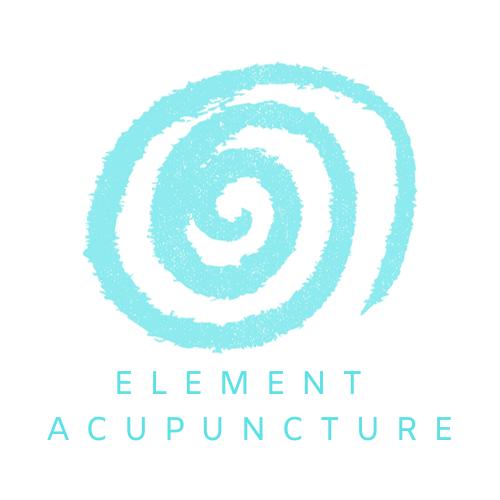What is Moxibustion?
Moxibustion is a traditional Chinese medicine (TCM) therapy that involves burning dried mugwort (Artemisia vulgaris) on or near specific points on the body, often the same acupoints used in acupuncture. The heat generated by burning the herb penetrates deeply into the skin, stimulating circulation, warming meridians, and invigorating the flow of energy, or "Qi." Moxibustion is used to treat a wide range of health issues, with particular focus on conditions caused by "cold" or stagnation in the body according to TCM theory.
There are two main types of moxibustion:
Direct Moxibustion: Small cones of mugwort are placed directly on the skin over specific points and lit, allowing them to burn down until the patient feels warmth. The cone is removed before burning the skin. In some cases, this method may leave a small scar and is typically reserved for chronic conditions.
Indirect Moxibustion: The most common method, indirect moxibustion involves using a stick or cone of burning moxa held near the skin. This allows heat to radiate into the body without direct contact. Often, practitioners use moxa sticks, which are like cigars made of compressed mugwort, to target acupoints without risk of burns.
How is Moxibustion Used?
Moxibustion is commonly used alone or alongside acupuncture treatments. It can be applied over various parts of the body depending on the condition being treated, but common areas include the lower back, abdomen, and acupoints associated with the digestive and immune systems. Practitioners may tailor the moxibustion treatment to the patient’s specific symptoms, aiming to restore balance and warm specific meridians.
Benefits of Moxibustion
Moxibustion is used to treat various conditions and provides a range of health benefits, backed by both traditional usage and emerging scientific research:
Pain Relief and Circulation: Moxibustion is often used for pain relief, particularly in cases of chronic pain, arthritis, and injuries. The heat from moxibustion improves circulation, alleviating muscle stiffness and easing joint pain (Lee et al., 2013).
Immune System Support: Moxibustion is believed to stimulate the immune system, helping to increase white blood cell production and improve the body’s defense against infections and illnesses (Park et al., 2010).
Digestive Health: Moxibustion is frequently used to address digestive disorders like abdominal pain, bloating, and diarrhea. The warming effect supports digestion, particularly in cases where “cold” in TCM terms is believed to impair digestive function (Choi et al., 2012).
Support for Women’s Health: Moxibustion is used to address menstrual discomfort, particularly for women with conditions like menstrual cramps or irregular periods. Research has shown moxibustion to be effective in turning breech babies late in pregnancy by improving uterine circulation and relaxing the uterine muscles (Rabl et al., 2001).
Stress Relief and Emotional Balance: Moxibustion may also support emotional well-being by balancing the body’s Qi and warming areas that contribute to mental clarity and relaxation, providing a calming effect that reduces stress and improves sleep.
Research and Evidence
Several studies have highlighted the efficacy of moxibustion, particularly for pain relief, digestive health, and immune support:
Pain Relief: A meta-analysis by Lee et al. (2013) found that moxibustion was effective in reducing chronic pain and enhancing quality of life for individuals with musculoskeletal pain.
Immune System: Park et al. (2010) reported that moxibustion stimulates immune function by increasing the body’s white blood cell count, supporting its role in immunity.
Digestive Health: Research by Choi et al. (2012) demonstrated moxibustion’s effectiveness in reducing symptoms of Irritable Bowel Syndrome (IBS), particularly bloating and abdominal pain.
Turning Breech Babies: A randomized controlled trial by Rabl et al. (2001) found that moxibustion at a specific acupoint (BL-67) was effective in turning breech babies, reducing the need for cesarean deliveries.
References
Lee, M. S., et al. (2013). "Moxibustion for the treatment of pain: A systematic review and meta-analysis." BMJ Supportive & Palliative Care, 3(4), 399-407.
Park, J. E., et al. (2010). "A literature review of moxibustion for immune enhancement." Journal of Alternative and Complementary Medicine, 16(5), 543-548.
Choi, T. Y., et al. (2012). "Moxibustion for the treatment of irritable bowel syndrome: A systematic review and meta-analysis." European Journal of Integrative Medicine, 4(3), e255-e261.
Rabl, M., et al. (2001). "Moxibustion for breech presentation at term: A randomized controlled trial." American Journal of Obstetrics and Gynecology, 185(4), 1098-1103.

